You’ve likely heard the term “garbage patch” many times and it’s possible that this is what comes to mind:
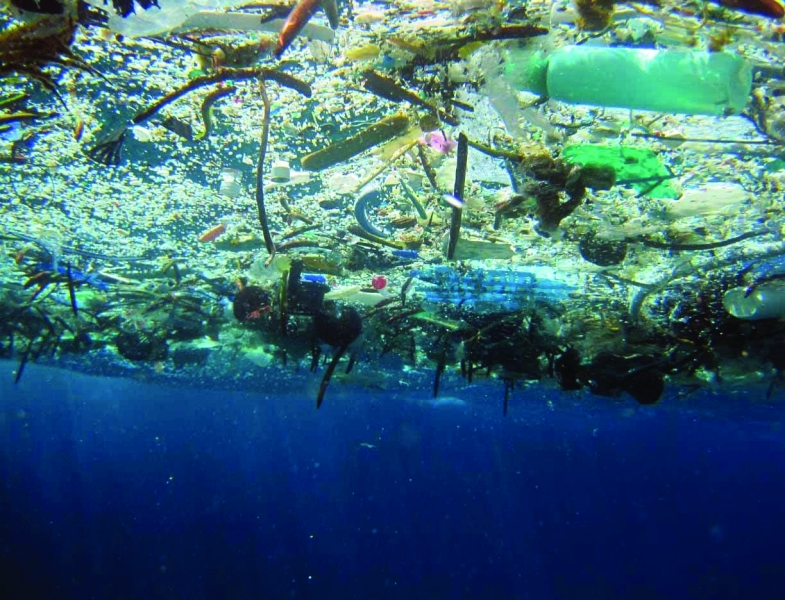
Although this is what most people picture when they think of a “garbage patch,” that’s actually pretty inaccurate. Let’s set the record straight and get to the truth about garbage patches.
First off, garbage patches have been wildly misrepresented in the media in the past, causing confusion on the subject and leading many to believe that there is a large “island of trash” in the Pacific Ocean—at least the size of Texas!— that you can walk around on. This is extremely far from reality.
To start, when people talk about “the garbage patch,” they are usually referring to the Great Pacific Garbage Patch in the Pacific Ocean—one of many garbage patches located throughout our global ocean. These garbage patches are formed as a result of rotating ocean currents called “gyres,” which pull debris into their center, creating areas with higher concentrations of marine debris. Because currents like these are dynamic, the size of these concentrated areas is constantly changing, making it extremely difficult to estimate the size of garbage patches. To learn more about ocean currents and the way they move debris, check out our webpage on how debris accumulates.
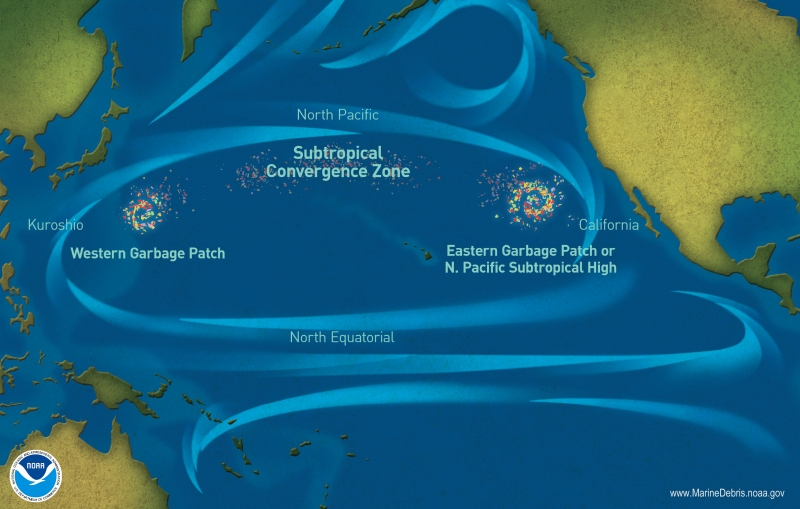
Secondly, there is no “island of trash” and you definitely can’t walk on the garbage patch. In reality, garbage patches are made up of lots of types of debris. Although you may find larger debris items floating on the surface of the water such as plastic bottles or derelict fishing nets, the majority of debris found in garbage patches is microplastics. These small plastic pieces (less than 5mm in size) are often formed from larger plastic that has broken down into smaller and smaller fragments due to exposure to the elements (plastic never truly breaks down, it just breaks into ever-smaller pieces), but can also come from products that include plastic manufactured at that size (microbeads) or from synthetic fabric that has gone through the washing machine (microfibers).
Not only is the majority of garbage patch debris extremely small, but it’s also not all located on the surface. Debris is found on the surface, throughout the water column, and all the way down to the seafloor. You can picture it more like pepper flakes swirling around in soup rather than a floating mass at the top. For these reasons, it’s actually possible to sail through a garbage patch (yes, even the Great Pacific Garbage Patch) and not even realize it!
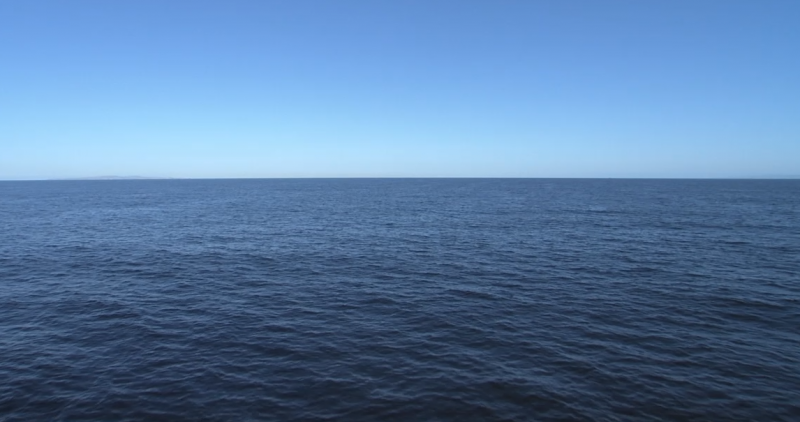
Even though the above scene looks alright, it actually includes high concentrations of marine debris. This debris, even the small stuff, can have many harmful impacts on us and our environment. The question that usually comes up next is “why can’t we just go and clean up the garbage patch?!” Unfortunately, it’s not that simple. Open ocean cleanups are extremely difficult. Logistically, the large size and dynamic nature of the garbage patches, as well as the fact that they include debris all the way from the surface to the seafloor, makes this type of cleanup impractical, extremely costly, and really, almost impossible. Not only are there logistical concerns, but the abundance of marine life that calls these areas home can be substantially negatively impacted. We have to think, “Are we doing more harm than good?”
Because of the difficulties of directly cleaning up garbage patches, we instead focus on cleaning up our shorelines and on prevention, which is the highest priority. If we don’t stop marine debris at its source, we’ll just be cleaning it up forever! We can each contribute to these efforts by remembering to reuse, reduce, and recycle. If we each worked to reduce our impact, think what a difference we would make!
For more information on garbage patches, check out our website. You may also be interested in some of our other blog posts on the subject (check out this post and this post). In addition, stay tuned to our social media this week as we continue to talk about the garbage patch and highlight some of the cool products we have to help you learn all about it!

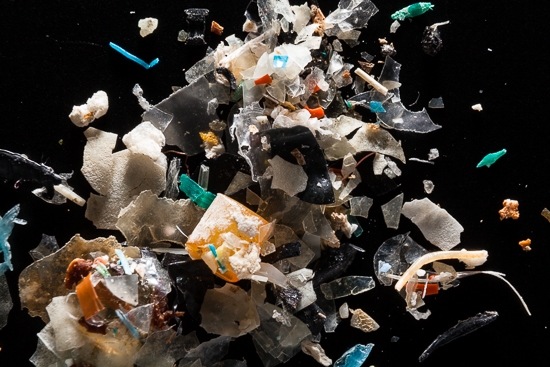
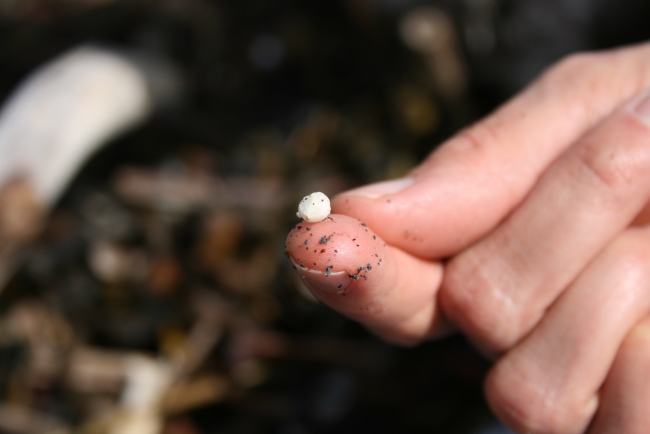
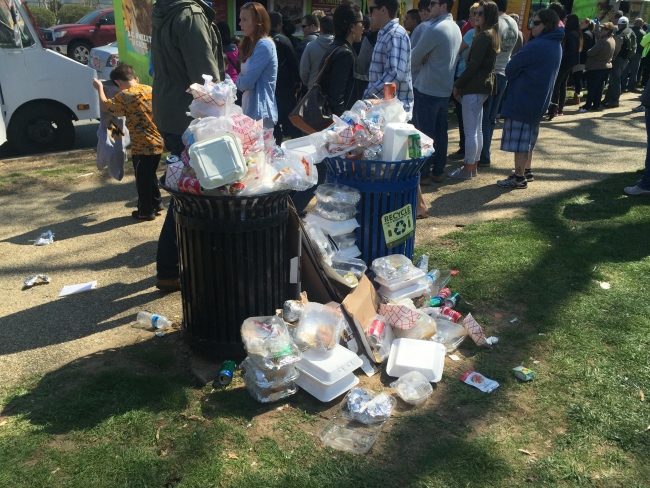
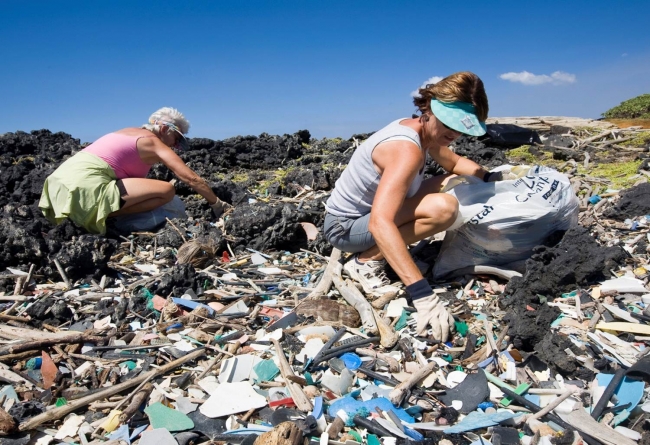
i love this